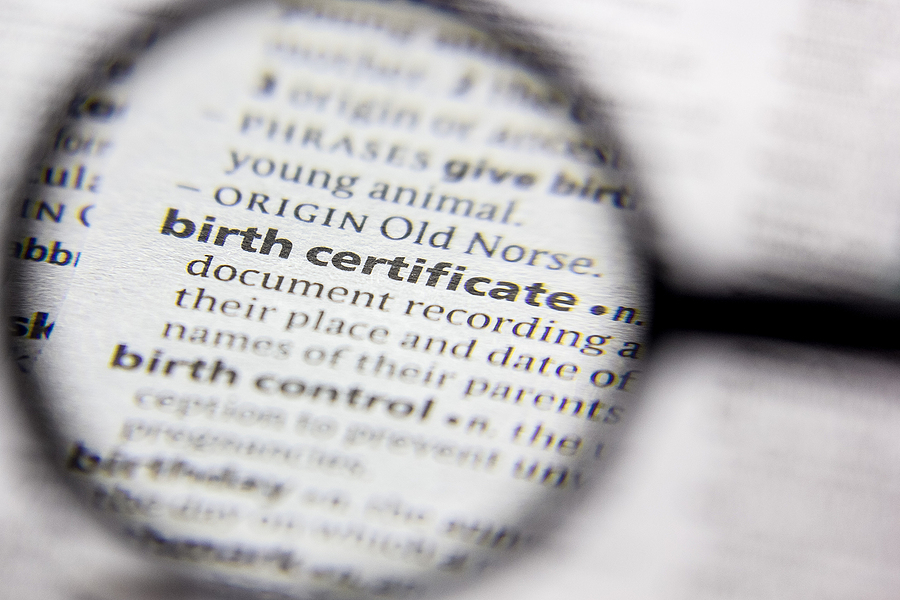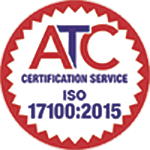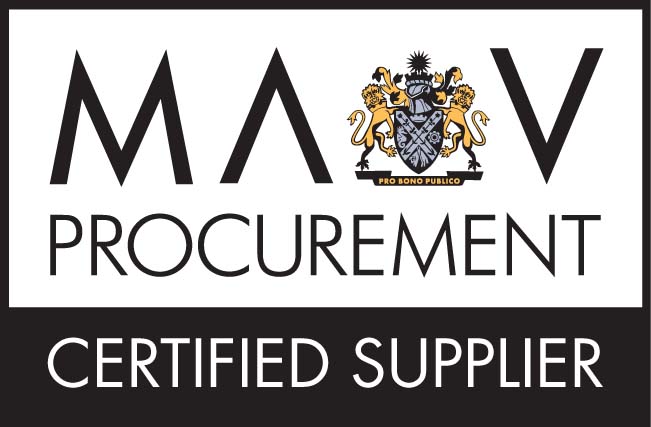Quick Quote
Archives
- November 2023
- October 2023
- September 2023
- August 2023
- July 2023
- June 2023
- May 2023
- April 2023
- March 2023
- February 2023
- January 2023
- December 2022
- November 2022
- October 2022
- September 2022
- August 2022
- July 2022
- June 2022
- May 2022
- April 2022
- March 2022
- February 2022
- January 2022
- December 2021
- November 2021
- October 2021
- September 2021
- July 2021
- June 2021
- April 2021
- March 2021
- February 2021
- December 2020
- October 2020
- August 2020
- July 2020
- June 2020
- May 2020
- April 2020
- March 2020
- February 2020
- January 2020
- November 2019
- October 2019
- September 2019
- August 2019
- July 2019
- June 2019
- May 2019
- April 2019
- March 2019
- February 2019
- January 2019
- December 2018
- November 2018
- October 2018
- September 2018
- August 2018
- July 2018
- June 2018
- May 2018
- April 2018
- March 2018
- February 2018
- January 2018
- December 2017
- November 2017
- October 2017
- September 2017
- August 2017
- July 2017
- June 2017
- May 2017
- April 2017
- March 2017
- February 2017
- January 2017
- December 2016
- November 2016
- October 2016
- September 2016
- August 2016
- July 2016
- June 2016
- May 2016
- April 2016
- March 2016
- February 2016
- January 2016
- December 2015
- November 2015
- October 2015
- September 2015
- August 2015
- July 2015
- June 2015
- May 2015
- April 2015
- March 2015
- February 2015
- January 2015
- December 2014
- November 2014
- October 2014
- August 2014
- July 2014
- June 2014
7 Ways to Cut Down Your Document Translation Cost
With all this localization required these days the costs of professional translation services are being felt by companies around the world. But there are ways translation costs can be kept to a minimum. Cut down the number of words you need to translate. Sieve through the document to remove parts that are not needed. The best way to go is to keep the document as simple as possible with no filler and fluff to make the document look better. Using plain and simple language is far more effective than trying to create a document that is too complex. You should try and remove unnecessary images as the translator has to put a bit more time into thinking of text to add to them. Make sure the document you send to the translator is precisely worded and that no corrections or clarifications are needed before the translation can commence. It can get very expensive if you continually want additions to the document while the translation is supposed to be taking place. Don’t set a deadline for the completion of the translation as this will mean your translation will be marked as a priority job. Leave plenty of time to allow for its completion. Use Computer Assisted Translation Tools (CAT) to help translators, as they memorize translations so they can be used at a later date. This could help to reduce translation costs especially if some of your content is repetitive. Stick to the same professional translation services. This may help you to get discounts on future projects. Don’t sacrifice quality by accepting the first quote. A good translation in the first place will save on corrections and be cheaper in the long term. Use simple formats like .doc, .txt, or editable PDF files as these are the easiest to edit and alter. By implementing these strategies, companies can effectively manage their translation costs while ensuring the quality and accuracy of their content, ultimately achieving cost-effective localization solutions.Reducing Translation Costs Effectively
1. Streamline Your Content
2. Ensure Clarity Before Translation
3. Avoid Tight Deadlines
4. Leverage CAT Tools
5. Build Long-Term Relationships
6. Prioritize Quality
7. Opt for Simple Formats
Post navigation
← Previous Next →
Related Posts

The Advantages of Hiring a Certified Translator for Legal Documents
November 7, 2023
The role of certified translators inaccurate legal document translation is to ensure that the legal..
View More
The Importance of Accuracy and Quality in Linguistic Projects
Translation Skills, Translation Tips
August 7, 2023
Maintaining linguistic accuracy Linguistic accuracy is how correct learners' use of the language system is, including..
View More
What is the Role of Website Translations in Developing Customer Relationships?
September 20, 2022
The customer relationship is not just a fancy marketing term. Businesses that make a significant..
View More
How Professional Voice-Over Artists Can Be Beneficial For You
December 19, 2021
Using videos as promotional material on the internet is now used by virtually all Ecommerce..
View More







Leave a Reply